No place like home? Five Edinburghs around the world
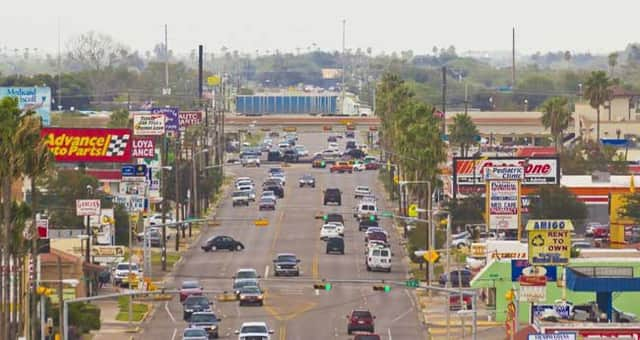

EDINBURGH OF THE SEVEN SEAS, TRISTAN DE CUNHA, SOUTH ATLANTIC
THEN
Edinburgh of the Seven Seas is the most remote settlement on the planet, which sits on the island of Tristan Da Cunha, deep in the South Atlantic. An overseas territory of the United Kingdom, its nearest inhabited neighbour – St Helena - is around 1,300 miles away. It was not much more than a stopping off point for whalers until 1816, when British troops occupied the island at the end of the Napoleonic wars.
Advertisement
Hide AdAdvertisement
Hide Ad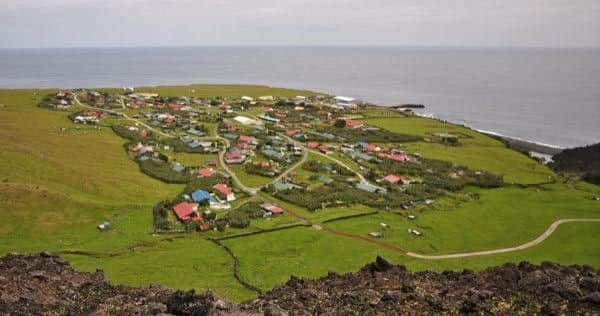

Edinburgh of the Seven Seas took its name following a visit from Prince Alfred, Duke of Edinburgh and second son of Queen Victoria, in 1867.
NOW
Edinburgh is a place that the world almost forgot but its 280 permanent residents seem to like it that way.
It is said that all of the island permanent residents descend from one of seven settlers, and everyone still has one of just seven surnames.
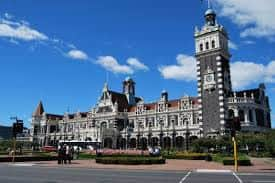

Progress has found difficulty in gaining a foothold, with no mobile phone reception and shaky power supply – Morse code remained the way to communicate with the outside world until the 1980s.
It is English-speaking and entirely Anglophone but islanders have, of course, built up their own vocabulary around their everyday life. A wheelbarrow is called a bus, for example, and you might see someone with a ‘bosom of eggs’ in an ‘eggshirt’, which is just an old workshirt used for holding eggs loosely together.
You might go for ‘big heaps’ - or lunch - and have ‘German’s rice’, which is grated potatoes boiled into a porridge-like dish, and a glass of Old Tom, a sour cider made from apples grown at Sandy Point.
If you want to see all this yourself, you will have to get written permission from the island’s administration to step ashore.
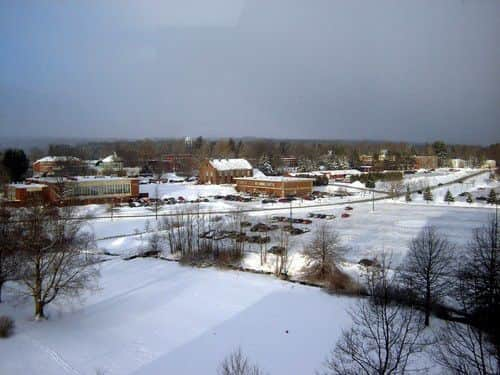

There is no airstrip on the island but cruise ships sometimes stop here with boats leaving a few times a year from Cape Town - around five or six days away. A return ticket to Cape Town on a fishing boat will cost around $800 (£530) with places on research vessels sometimes available.
Advertisement
Hide AdAdvertisement
Hide AdOnce there you can take another 28-mile boat trip - to Inaccessible Island. This is an old volcanic mass and wildlife reserve, which has UNESCO world heritage status.
EDINBURG, TEXAS
THEN
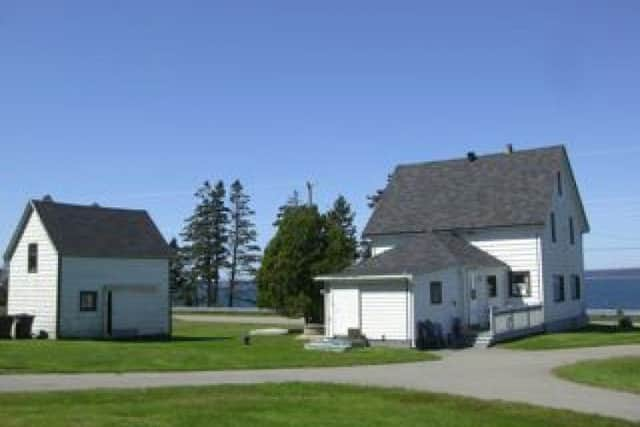

The town was originally named after one of its founders, Dennis B Chapin, but after he was involved in a salon shooting in San Antonio, the town quickly searched for another name. In 1911, Chapin was renamed in tribute to a well-regarded businessman John Young. Not much is on record about Mr Young – apart from his place of birth, Edinburgh. Like a number of other towns and cities in the US named after the Scottish capital, the h was dropped at the end.
NOW
Edinburg sits in the Rio Grand valley around 10 miles from the Texas-Mexico border and is home to around 88,000 people.
The small city has one of the largest concentrations of young people in the US and has been dubbed the education and technology capital of the Rio Grand, with a plentiful workforce on hand.
Edinburg also has one of the largest concentration of maquiladora plants along the US-Mexico border, which are afforded tax free incentives to encourage business and employment.
It’s also racially diverse, with a large Hispanic population, and a lower-than average crime rate.
DUNEDIN, NEW ZEALAND
THEN
Around the world, there are at least a dozen Dunedins – the Gaelic name for Edinburgh – but perhaps the oldest is the New Zealand town where the The Lay Association of the Free Church of Scotland arrived at the head of the Otago Harbour in 1848.
The city surveyor envisaged the streets in the vein of the Scottish capital but the tough terrain delivered mixed results. The Reverend Thomas Burns, a nephew of poet Rabbie, had travelled to Otago to forge the new town with William Cargill, an Edinburgh-born British Army officer, heading the new settlement. He could often be seen in his blue bonnet and tartan trousers.
Advertisement
Hide AdAdvertisement
Hide AdGold was discovered on the fringes of the town in 1861 which led to a massive boom in population, with people drawn from around the world.
The land that became Dunedin was the ancestral home of the Kai Tahu people, the principle Maori tribe of the south island.
NOW
Its Gothic and Edwardian architecture means that the city still has pulling power when it comes to tourists, but the solid manufacturing base which has been the jobs driver of the city has floundered over recent years, with hundreds of redundancies in recent years.
However, this city of around 120,000 people has a strong education record and around one–fith of its population is between the age of 16 and 24, a fact which owes something to the town’s university. In 2014, it was awarded UNESCO City of Creative Literature status, its multicultural past proving a strong lure for judges. Writers who have called it home include Thomas Bracken, who penned New Zealand’s national anthem and Hone Tuwhare, poet laureate from 1999 to 2001.
EDINBORO, PENNSYLVANIA
THEN
Edinboro sits in Pennsylvania’s Erie County, Pennsylvania, named after the Eriez Indians that originally lived here. (Back then, it was called Conneauttee, or Land of the Living Snowflake.)
Two companies bought up much of the land here at the end of the 1700s but, according to historian Russell Vance, former head of history at University of Pennsylvania, no settlers came at first as the Miami Indians refused to accept the new owners. The Indians, however, were beaten in 1794 at the Battle of Fallen Timbers and the area was touted once again to settlers. Two surveyors came to lay out the new town. One, William Cuthbertson, was originally from the Scottish Borders.
NOW
A small college town, the population of Edinboro is only around 6,500. The Edinboro University of Pennsylvania has a clear passions for the town’s roots, with Scotland the Brave sang at its football matches. (Its team is referred to the Fighting Scots.) The university is a major employer, with more than one in 10 jobs linked to the campus. Winters here are long, cold and snowy.
NEW EDINBURGH, NOVA SCOTIA
THEN
New Edinburgh was founded by Samuel Gouldsbury and Anthony Stewart in 1783 following the American Revolutionary War. Stewart had crossed the Atlantic from Scotland, first settling in Maryland, before becoming rapidly wealthy through marriage. The ship he shared with his father-in-law, the Peggy Stewart, was burned in protest at his contravention of the tea boycott following the Boston Tea Party in 1773. Stewart fled his home in Annapolis to New York before setting up his British Loyalist settlement in Nova Scotia, which had first been colonised by the French.
TODAY
Advertisement
Hide AdAdvertisement
Hide AdFewer than 300 people live in the New Edinburgh community which overlooks St Mary’s Bay, a basin in the Gulf of Maine. Characterised by large white wooden houses, the huge skies and sea views make it a popular retreat for artists. The area is mainly inhabited by Acadians, with business conducted mainly in French.